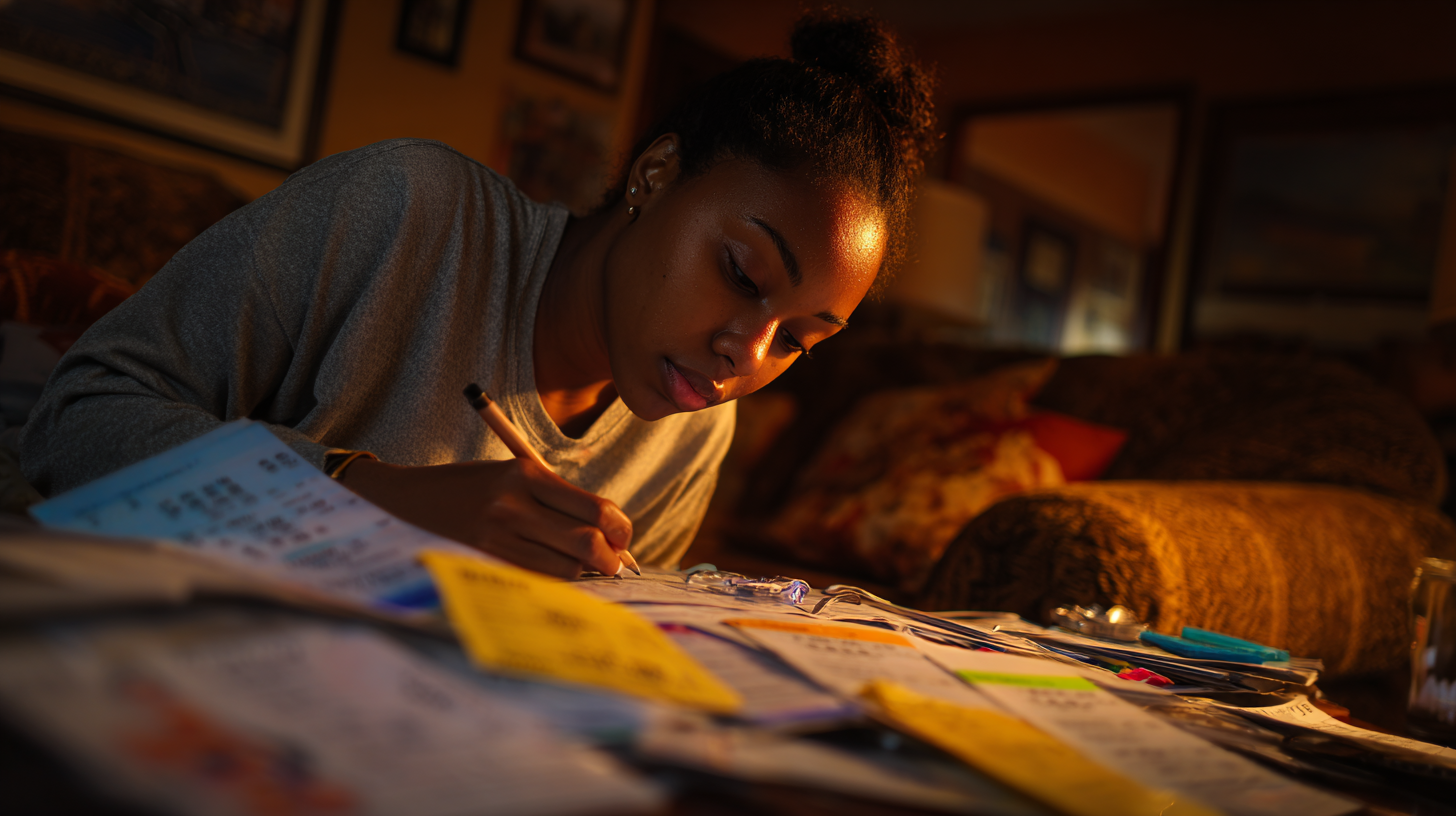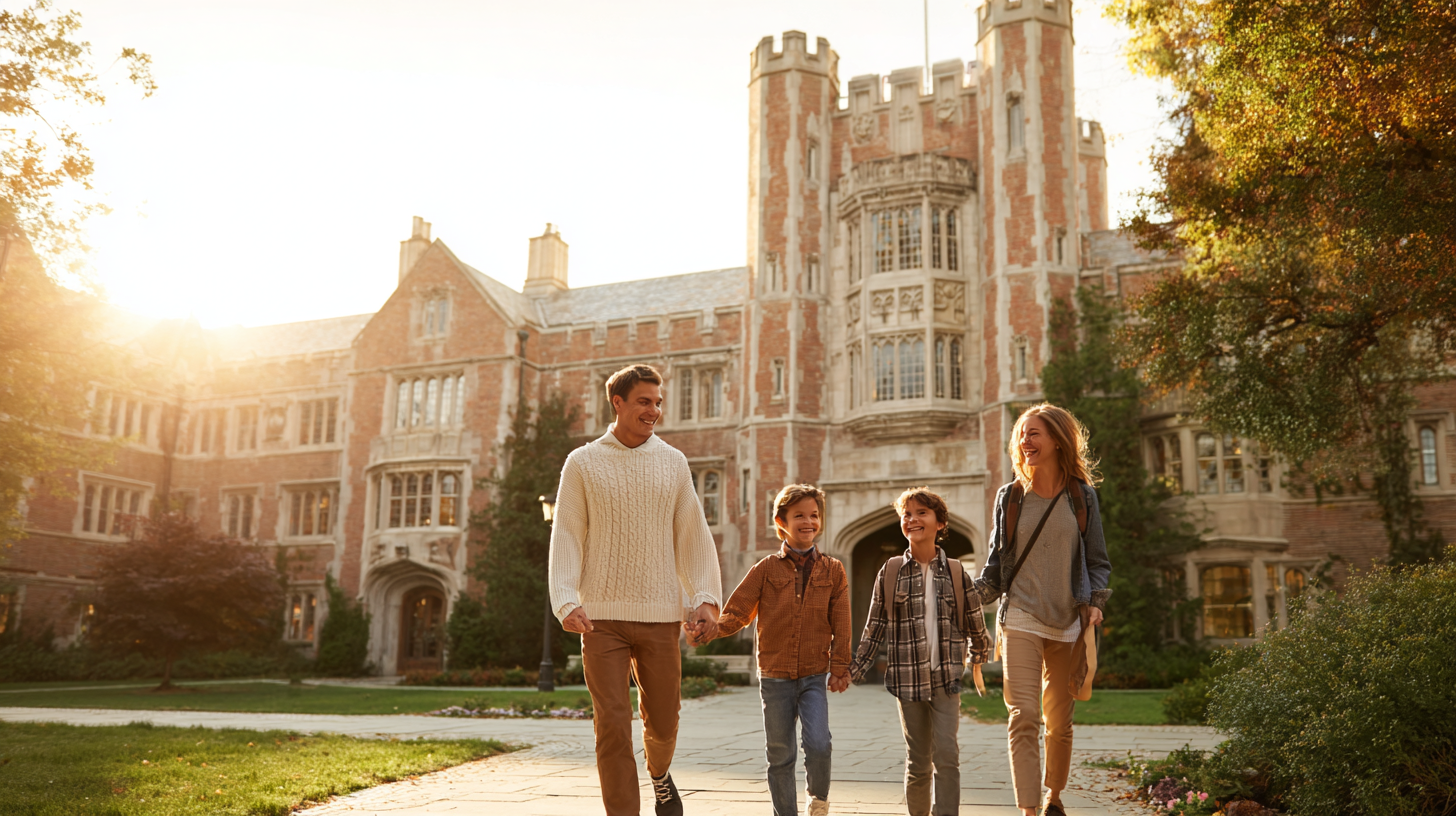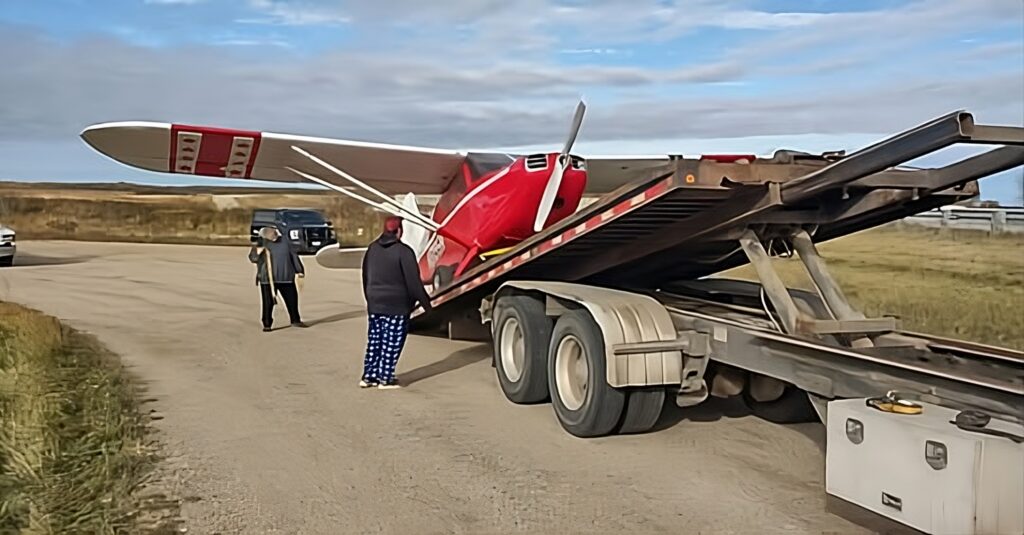Maximize Southwest Points for College Visits
I’ve come to appreciate that visiting a college campus in person reveals details you might miss when relying solely on brochures or digital tours. There’s an unmatched sense of energy you feel when you walk the grounds, chat with current students, and picture yourself (or a family member) thriving there. These tours are not just about seeing buildings—they’re about experiencing academic life, extracurricular opportunities, and a sense of belonging that can radically influence a college decision.
According to a 2024 survey by the National Association for College Admission Counseling (NACAC), nearly 75% of students reported campus visits significantly impacted their ultimate choice of school. From my perspective, setting foot on the grounds of a potential future alma mater has a magic that visuals on a screen simply can’t replicate. That’s why I urge anyone planning for higher education to map out campus visits so they can be enlightening rather than overwhelming.
While brochures and videos have their place, nothing compares to the authenticity of a real college environment. You can observe campus culture, classroom vibes, and daily student life, collecting a sense of whether it’s truly the right fit. The earlier you schedule these visits—ideally before senior year—the more time you’ll have to make informed decisions.
Why College Tours Matter

In my own research, I’ve noticed that college tours serve as that “aha” moment for many prospective students—where they finally see if the atmosphere aligns with their aspirations. A structured visit offers direct insight into facilities, campus size, and how well you might fit in socially or academically. Meeting staff and current students face-to-face helps you gauge the school’s personality, something that’s tough to capture via virtual tours alone.
There’s also a subtle but important benefit: demonstrating genuine interest. Admissions offices often take note of visitors who ask informed questions and show genuine enthusiasm. In competitive programs especially, every bit of involvement can set you apart from other applicants. By planning these trips thoughtfully, I’ve observed that students can better understand a campus’s ethos and communicate their passions in follow-up essays or interviews.
Finally, let’s not forget cost considerations. Surprisingly, a recent industry report indicated that around 40% of families feel pressured by travel expenses tied to college visits. Leveraging airline points, such as those from Southwest, is an underutilized strategy that can significantly lighten the financial burden of multiple tours.
Expert Tips for a Successful Visit

My first piece of advice is to pick your campuses strategically. You’d be surprised how many prospective students scatter tours haphazardly across regions, piling up unnecessary travel costs and stress. Grouping nearby schools into a single journey can be cost-effective and time-saving. I’ve also seen families benefit from targeting off-peak seasons—like midweek or shoulder travel periods—to dodge crowd surges and snag better airfare.
Comfort and presentation matter, too. I always recommend dressing in a polished yet comfortable way, showing respect to the institution while staying prepared for lots of walking. Bring a notepad or use a mobile device to log key details in real time, so you don’t forget the highlights of your visit. Sending thank-you messages afterward isn’t just polite; it keeps you on the radar of admissions staff who might remember your courtesy when reading your application.
According to a 2023 U.S. Department of Education briefing on admissions trends, nearly two-thirds of all colleges factor demonstrated interest into their decision-making process. That’s one reason I consistently encourage travelers to invest time in thorough planning, from scheduling to follow-up. It helps you stay organized, creates a powerful first impression, and often leads to more clarity about which school is ultimately the right fit.
Using Southwest Points to Fly

Frequent flyers often overlook how valuable their accumulated Southwest points can be for college tours. Whether you’re zipping around to see East Coast liberal arts colleges or heading west to explore large state universities, redeeming points cuts airfare costs dramatically. In my experience, combining your points usage with special Southwest promotions—like fare sales or point multipliers—can nearly cut your out-of-pocket expenses in half.
I’ve also watched plenty of families maximize benefits through the Southwest Companion Pass, which allows a designated traveler to fly free (aside from taxes and fees) with the pass holder. If you’re a parent or guardian traveling with a student, this strategy saves significant money, especially when you’re visiting multiple campuses within a tight timeframe.
Keep an eye on blackout dates and availability, especially during high-demand travel periods like spring break. Planning well in advance and staying flexible with travel dates pays dividends. You’ll have increased flight options, potentially lower point redemptions, and the peace of mind that your itinerary can run smoothly.
Organizing the Itinerary

tTe difference between a stressful multi-campus tour and a streamlined adventure often comes down to meticulous planning. I suggest creating a day-by-day schedule, noting not just campus tour times but also buffer periods for transportation, meals, and downtime. When you’re exploring multiple locations in a short window, giving yourself room to breathe can mean the difference between an enjoyable trip and an exhausting one.
For example, if you’re planning to tour schools in the same geographic region—like Southwest Tennessee Community College and nearby universities—line up your schedules so you can hop from one campus visit to the next without too much back-and-forth. You can often find Monday–Thursday session blocks at various institutions; fit those into a logical route that minimizes drive time. I’ve even recommended goCAMPUSing to families who prefer a turnkey solution, where experts handle scheduling, transportation, and accommodations in a cohesive package.
Don’t underestimate local exploration opportunities, either. If you have time between campus visits, wander through the community around the school. Grab a quick bite at a popular student hangout or browse nearby shops. Observing the off-campus environment can provide valuable context: housing costs, job opportunities, cultural assets, and more.
The Ultimate Campus Visit Checklist

Over the years, I’ve compiled a go-to list of items that help travelers get the most from college tours. Of course, comfortable shoes top that list—I learned firsthand how painful a day can become when you’re trekking up and down steep campus hills in the wrong footwear. Bring along a camera or rely on your smartphone, snapping pictures of unique campus features, dorm interiors, or any bulletin boards showcasing events you’d like to revisit later.
Many prospective students I’ve spoken with also carry a dedicated notebook. While digital note-taking is convenient, there’s something about physically writing down impressions that helps you recall details. You can jot down class sizes, library conditions, and highlights like outstanding campus amenities. These details might seem small at first, but they’ll help you compare schools more objectively down the line.
Since not every campus is easily accessible or feasible for an in-person tour, I recommend supplementing your itinerary with virtual sessions. Platforms like The College Tour TV series highlight a variety of perspectives from real students. Watching these videos can save you money and time, particularly when you’re juggling multiple options or can’t make the trip in person.
Reflecting and Following Up

When I’m weighing the pros and cons of each tour, I like to organize photos, notes, and campus literature in a single folder or digital drive. This makes it easy to revisit my thoughts later, especially if I’ve visited several schools within a short stretch. Believe it or not, campus details can blur together after a busy week.
Don’t forget the power of a quick email. A concise thank-you message to an admissions counselor or tour guide signals your genuine interest, and it can serve as a reminder of your visit if they’re sifting through hundreds of applicant files. A simple, respectful note can reinforce a strong first impression, which might count in competitive admissions cycles.
Finally, finances matter as acceptance letters roll in. I’ve found that comparing financial aid packages, scholarships, and grants upfront can make a substantial difference in choosing the best overall value. By integrating Southwest points into your travel strategy, you can visit more campuses without ballooning your trip expenses. Ultimately, that means more informed, cost-effective decisions for one of life’s biggest milestones.
Final Thoughts

College visits can be a game-changer in the decision-making process, especially when thoughtfully planned. There’s unmatched value in personally touring campuses, meeting student ambassadors, and experiencing the intangible vibe that can’t be replicated in brochures or virtual tours. The key is to remain organized, keep costs in check through savvy strategies like leveraging Southwest points, and maintain a curious mindset throughout each visit.
For busy families, a well-structured itinerary and some flexibility can make all the difference. Try to absorb each campus’s identity without feeling overwhelmed, and remember to reflect and follow up after each impression. Over time, those notes and memories will help you hone in on the right place to pursue higher education.
Sky Skylar’s Take
From everything I’ve absorbed, it’s clear that hands-on experiences on college campuses can spark insights you’d never get from a catalog. Each visit, no matter how brief, helps shape the bigger picture of what you want from a learning environment and a community.
When you intertwine strategic travel hacks—like using Southwest points—with a curiosity-driven approach, campus tours transform from a mundane task into a uniquely personal journey. It doesn’t matter how many miles I’ve actually flown; I know that maximizing opportunities to see schools up close is an investment you’ll appreciate for years down the road.
BoardingArea is your one-stop destination for the latest travel news and tips.






























